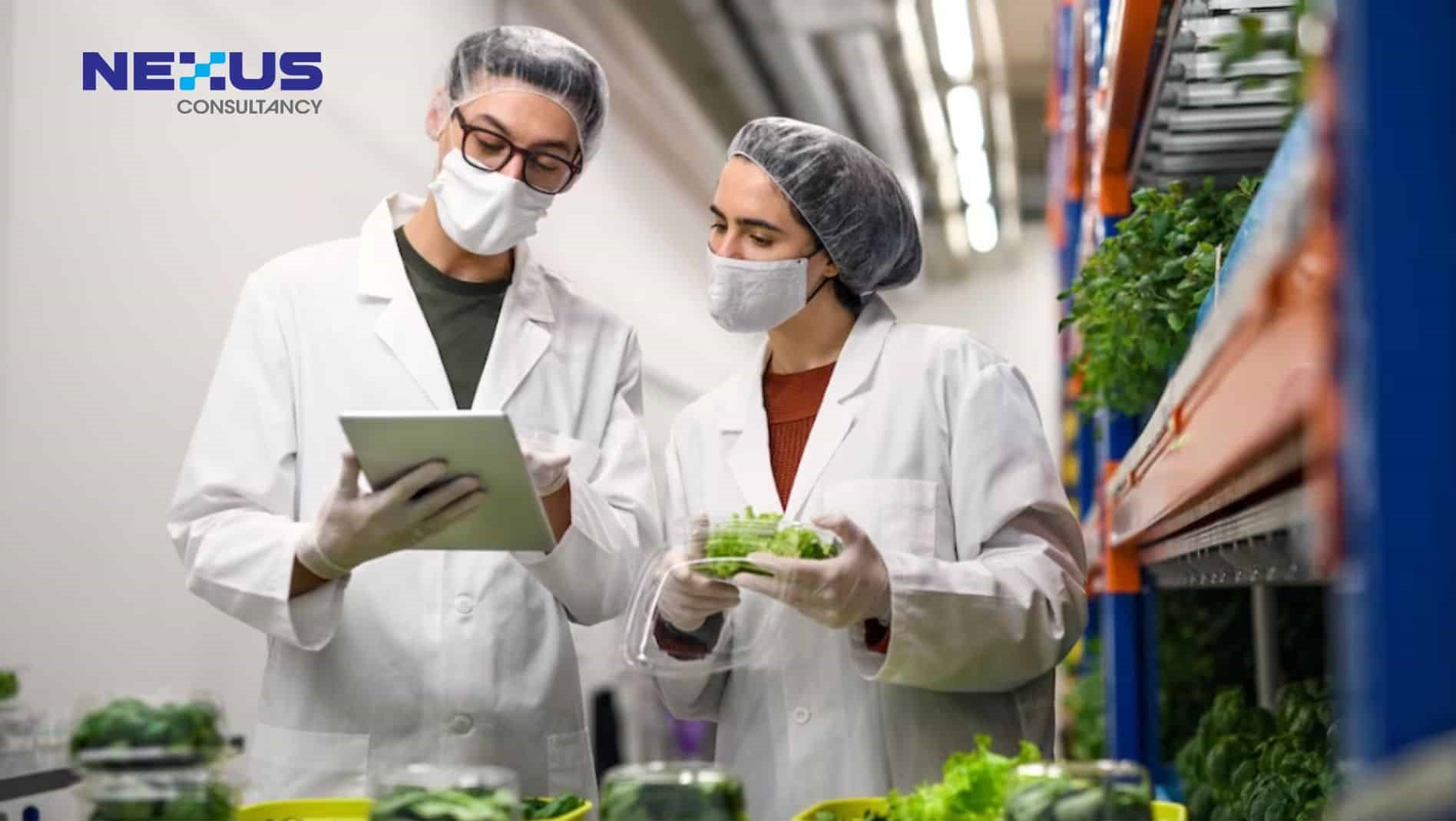
Danielle Tan
Chief Operating Officer
The ISO 14064-1 standard provides guidelines for organizations to quantify, monitor, and report greenhouse gas emissions and removals. This aims to explain the purpose and scope of ISO 14064-1, helping readers understand its importance in greenhouse gas reporting and environmental management.

In this article, we will explore some of these challenges and discuss strategies to overcome them.
One of the most significant challenges in food defense threat assessment is the constantly evolving nature of threats. Those with malicious intent are continually adapting their tactics, making it challenging to predict and prepare for new risks.
Solution: Continuous Monitoring and Intelligence Gathering
To address this challenge, companies should establish robust monitoring and intelligence-gathering systems. Stay informed about emerging threats, trends, and methods of intentional contamination or fraud. Collaborate with government agencies, industry partners, and experts to share information and stay ahead of potential risks.
#2. Complexity of the Supply Chain
Modern food supply chains are intricate networks that span the globe, involving numerous stakeholders. Each link in the chain presents unique vulnerabilities, making it challenging to assess and secure the entire process effectively.
Solution: Comprehensive Risk Assessment
Conduct comprehensive risk assessments that consider the entire supply chain. Identify potential vulnerabilities at various stages, from production to distribution. Prioritize risks based on their potential impact and likelihood, allowing you to focus resources on the most critical areas.

Resource constraints can hinder the ability of companies, particularly smaller ones, to invest adequately in food defense threat assessment and mitigation efforts.
Solution: Risk-Based Resource Allocation
Allocate resources based on the assessed risks. Concentrate efforts and investments on areas with the highest potential impact on food safety and integrity. This approach ensures that limited resources are used most effectively to mitigate the most significant threats.
#4. Employee Awareness and Training
Employees throughout the supply chain must be vigilant and informed about potential threats. However, achieving a high level of awareness and training can be challenging, especially in large organizations.
Solution: Ongoing Training Programs
Implement ongoing training programs that educate employees at all levels about food defense and food fraud prevention. Promote a culture of vigilance and reporting, where employees feel comfortable reporting suspicious activities. Regularly update training materials to keep employees informed about emerging threats.

#5. Data Collection and Analysis
Gathering and analyzing data related to food defense can be a significant challenge, especially for companies that lack sophisticated data systems.
Solution: Invest in Data Analytics and Technology
Invest in data analytics tools and technology that can help streamline data collection and analysis. Leverage data to identify patterns and anomalies that may indicate potential threats. Collaborate with data experts and cybersecurity professionals to secure sensitive information.
#6. Regulatory Compliance
Meeting regulatory requirements for food defense can be complex and demanding, with regulations varying by region and industry.
Solution: Regulatory Expertise and Collaboration
Maintain a team or engage experts well-versed in food defense regulations and standards. Stay informed about evolving requirements and collaborate closely with regulatory authorities. Regularly audit and update your food defense measures to ensure ongoing compliance.

#7. Incident Response Preparedness
Even with robust prevention measures in place, incidents can still occur. Being prepared to respond effectively is a critical but challenging aspect of food defense.
Solution: Develop Comprehensive Incident Response Plans
Create detailed incident response plans that outline clear roles and responsibilities for team members. Establish communication protocols for reporting and managing incidents. Conduct regular drills and exercises to test the effectiveness of your response plans.
#8. Maintaining Consumer Trust
In the wake of a food defense incident, maintaining consumer trust can be challenging. Negative publicity can have long-lasting effects on a company’s reputation.
Solution: Transparent Communication and Reputation Management
In the event of an incident, prioritize transparent communication with consumers and stakeholders. Provide timely updates and assure the public that you are taking steps to address the issue. Invest in reputation management strategies to rebuild trust over time.
#9. Collaboration and Information Sharing
Collaboration with external partners and sharing sensitive information can be fraught with challenges, including concerns about data security and competitive advantages.
Solution: Build Trusted Networks
Establish trusted partnerships with industry peers, government agencies, and experts. Work together to create a culture of information sharing while respecting confidentiality. Collaborative efforts can strengthen the collective ability to address food defense threats effectively.
#10. Cultural and Organizational Barriers
Changing organizational culture and getting buy-in from all employees can be challenging, especially in well-established companies.
Solution: Leadership and Employee Engagement
Effective leadership is crucial in fostering a culture of food defense. Leadership should set an example by prioritizing food defense and encouraging employee engagement. Engage employees in the process by seeking their input and involving them in food defense initiatives.
Conclusion
Food defense threat assessment is a continuous and evolving process that requires vigilance and adaptability. While challenges abound, they can be overcome with strategic planning, resource allocation, and a commitment to a culture of safety and security.
In a world where the integrity of our food supply chain is under constant threat, companies must remain proactive in identifying and mitigating risks. By addressing these challenges head-on and implementing robust food defense measures, companies can contribute to a safer and more secure global food supply chain, ensuring the safety and trust of consumers worldwide.
In the end, it’s not just about safeguarding what’s on our plates; it’s about safeguarding our health, our trust, and our culinary experiences.
To learn more about food safety culture, contact us to know more!






